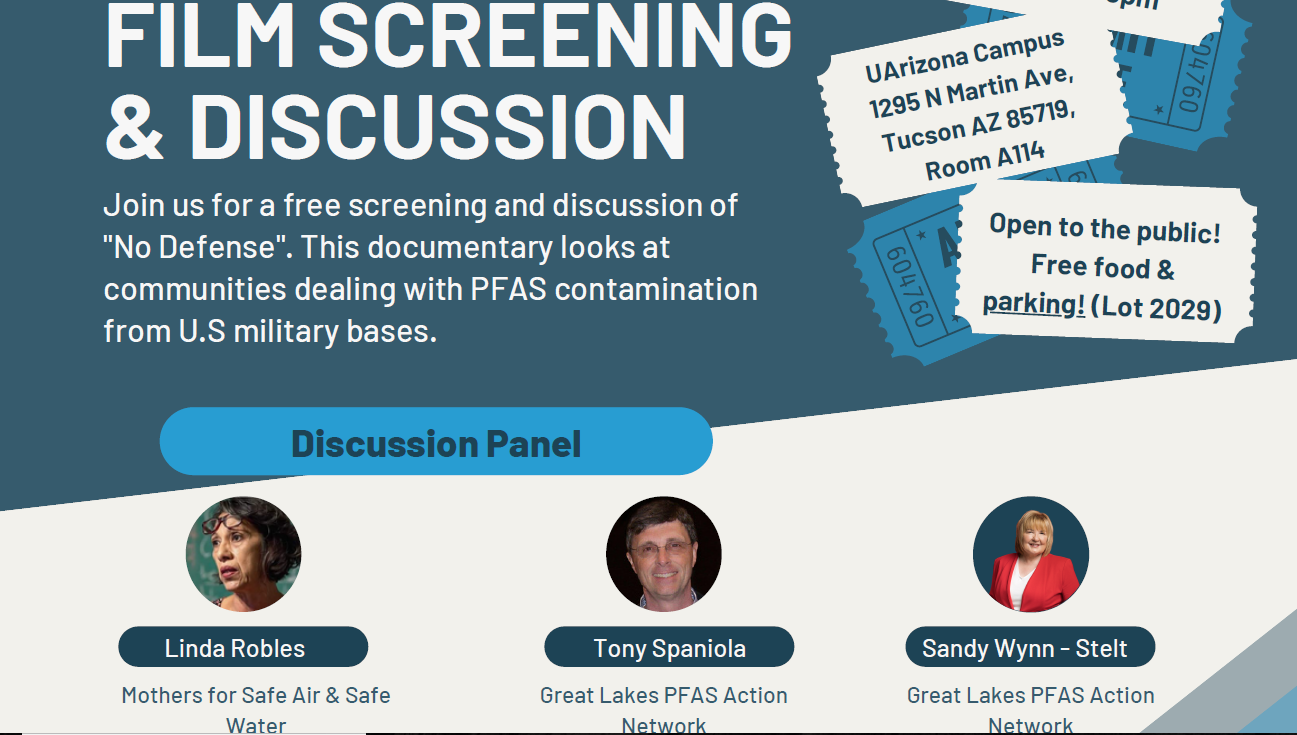Arizona's Drought Contingency Plan
For nearly fifteen hundred years, the Hohokam people farmed and lived in central and southern Arizona and northern Mexico. They created skillfully crafted pottery and shell jewelry, which they traded for turquoise and other goods in a network that extended from Mexico to the Pacific coast. In A.D. 1450, when they abandoned the area for reasons unknown, they left behind an incredible wealth of ruins, rock art, and canals—sites and artifacts distributed over 27,000 square miles. These are the last physical clues describing a people who exhibited great cultural refinement and ingenuity.
Hohokam is derived from the Akimel O’odham word for “those who have gone” or “all used up.” The reasons for their disappearance may include limited land and water, yet their ability to manage and create those resources was impressive. The irrigation system the Hohokam created stretched for hundreds, or possibly thousands of miles, from the Salt and Gila rivers. This system transformed desert valleys into fertile agricultural centers and rich riparian corridors, providing water to tens of thousands of individuals. This network is the precursor to modern-day Arizona’s major canal system, which follows many of the original paths. Because the Hohokam had no draft animals, this feat of hydrological engineering was accomplished by hand, using only stone tools and simple survey equipment.
The great achievement of the Hohokam lay in their ability to manage the harsh desert landscape for the resources they required to eat, trade, and produce stunning pieces of shell and ceramic art. They did not simply subsist in the Salt and Gila River Valleys—they thrived on a varied diet of corn, jackbeans, tepary beans, lima beans, squash, barley, and amaranth. They grew cotton, gourds, and tobacco for textiles, art, and possibly ceremonial use. The Hohokam also made use of almost 200 species of Sonoran Desert species, encouraging the growth of cholla cactus and agave, and may even have promoted or developed new strains with distinct flavors. The lush fields and canal vegetation provided habitat for game, fish, and mollusks hunted and gathered by the Hohokam for food and trade.
The Water Resources Unit
Mission
To provide leadership, technical expertise, recommendations and guidance in the acquisition, protection, and management of Pima County’s water resources consistent with Board water policy. To support regional water policies that advance a strong and diverse economy and protect natural resources. To monitor and implement drought management.
The Young Artists and Authors Showcase (YAAS) is an annual contest that encourages youth worldwide to express the mission of Sister Cities International through original artwork, literature, photography, and music.
This year's theme: Generation Rescue: Sustainable Water for All

